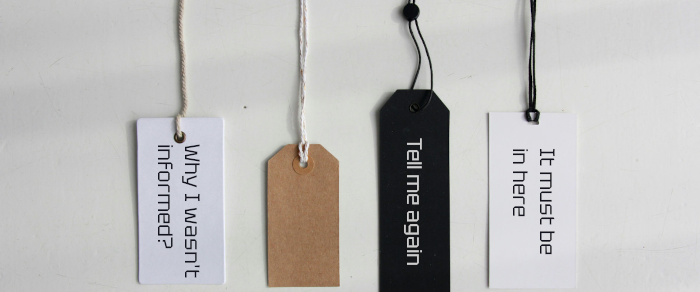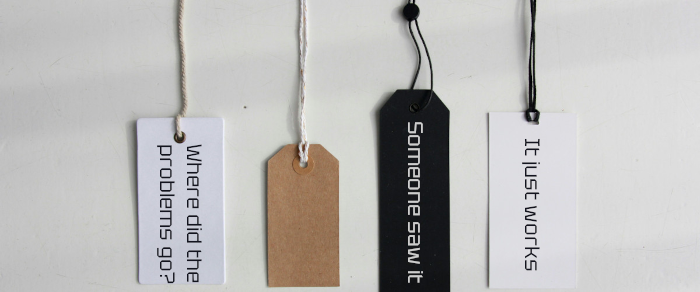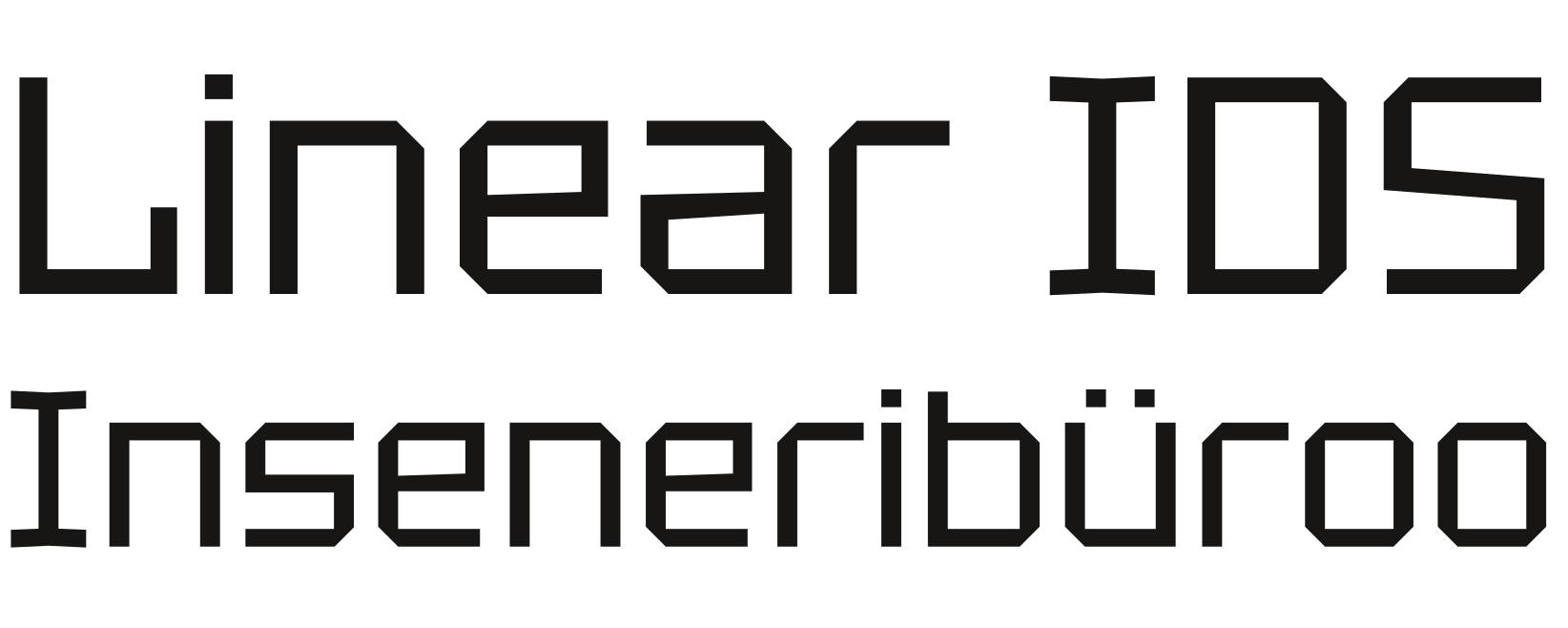Who We're For
Unspoken responsibility, invisible weight
Some functions exist not because they’ve been formally designed, but because someone reliable picked them up. Over time, those responsibilities accumulate—held by habit, not structure. When that person leaves or burns out, the system stumbles. We look for these silent load-bearing points and design systems around them—so responsibility becomes shared, visible, and sustainable.

Workarounds as normal
Much of what keeps the operation moving isn’t formalized—it’s quiet fixes, repeated steps, and unwritten routines that are just “how things are done.” Over time, these workarounds become the authority. People know the routine, more or less, until they don’t. Then someone has to ask, someone else gets interrupted, and the cycle continues, because it feels like just part of the job. But beneath the surface, that continuous reconfirming of the routine is consuming time, creating drift, and turning each small fix into a hidden cost.

Held together by human effort
Some systems look fine on the surface—but only because people are working around their gaps without saying much about it. Tasks get done, but only through habit, vigilance, and small manual nudges that aren’t part of the design. It works—but only because someone is quietly holding it together. Until they’re not there anymore.

Improvised foundations
It started with getting things done—quick fixes, clever workarounds, decisions made in motion. And it worked. But over time, the system built on improvisation starts to show its limits. Small things could be changed quickly, now a small change introduces breaking inconsistencies. What used to feel flexible now feels brittle. It’s harder to explain, harder to repeat, and harder to grow without reworking the base.

System runs on invisible knowledge
What keeps things running isn’t always in the system—it’s in spreadsheets, notebooks, or someone’s head. And while it will work, it doesn’t scale or transfer. When knowledge lives in personal tools, it’s hard to share, hard to verify, and easy to lose. We look at where the real information lives—and what it would take to make it usable beyond the person who happens to hold it. We aim for systems where information discovered by one part of the team can immediately support, guide, or unlock work in another.

Mental load as part of the job
The process works—but only if people stay alert, remember edge cases, follow up manually, or step in when something gets missed. These adjustments aren't formal responsibilities—they’re just the quiet burden of keeping things from slipping. Over time, that mental load becomes part of the job description, even if no one ever meant it to be. Yet with the right structure, that same burden can be absorbed quietly by the system—at a fraction of the cost and none of the cognitive load.

No obvious place to begin
There’s a sense that things could work better—fewer delays, less friction, smoother flow. But no one quite knows where to start. The gaps aren’t dramatic, just persistent. And because no internal role is clearly responsible for fixing the system itself, the status quo quietly continues—even when everyone agrees it could be improved.

Too small for a hire, too big to ignore
Some problems are clearly structural—but not big enough to justify a full-time role or new team. At the same time, they’re costing time, energy, and clarity every day. What’s needed isn’t another layer of responsibility—it’s a temporary structure that quietly absorbs the complexity and lets the team keep moving.

Quiet presence, structural impact
Not all support needs to come with meetings, frameworks, or visibility. Sometimes the most effective help is the kind that quietly traces the friction to its source—and dissolves it without fanfare. No disruption, no spotlight—just a push with the right leverage, at the right time, and steady reduction of noise until things start flowing again.

Structure that outlives its builder
Some systems only work because the person who built or adapted them is still around to keep them upright—catching edge cases, reminding others, patching inconsistencies. But real structure isn’t personal. It holds on its own, even when the original builder steps away. That’s the difference between a workaround and a system: one needs watching, the other just works.

